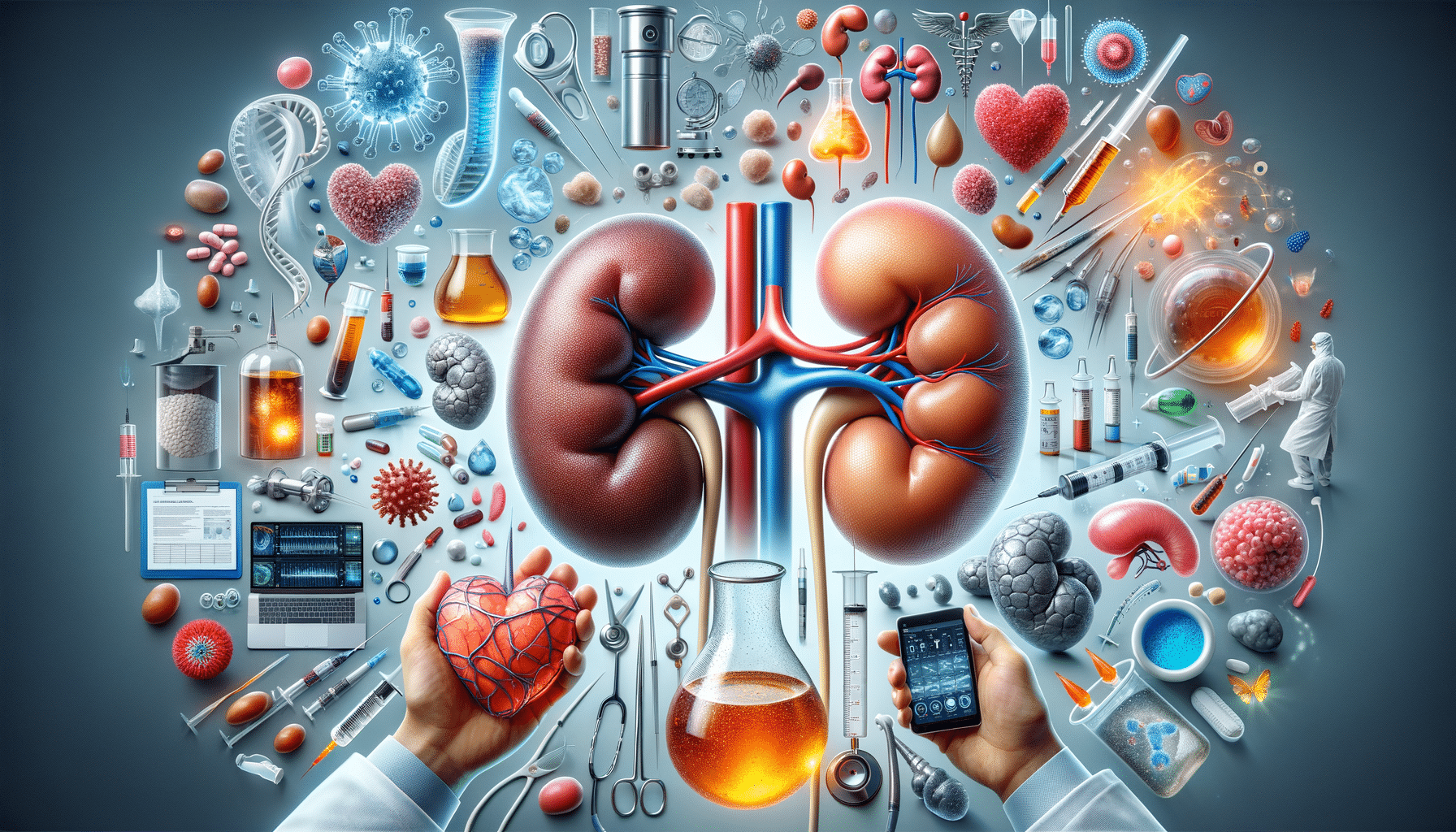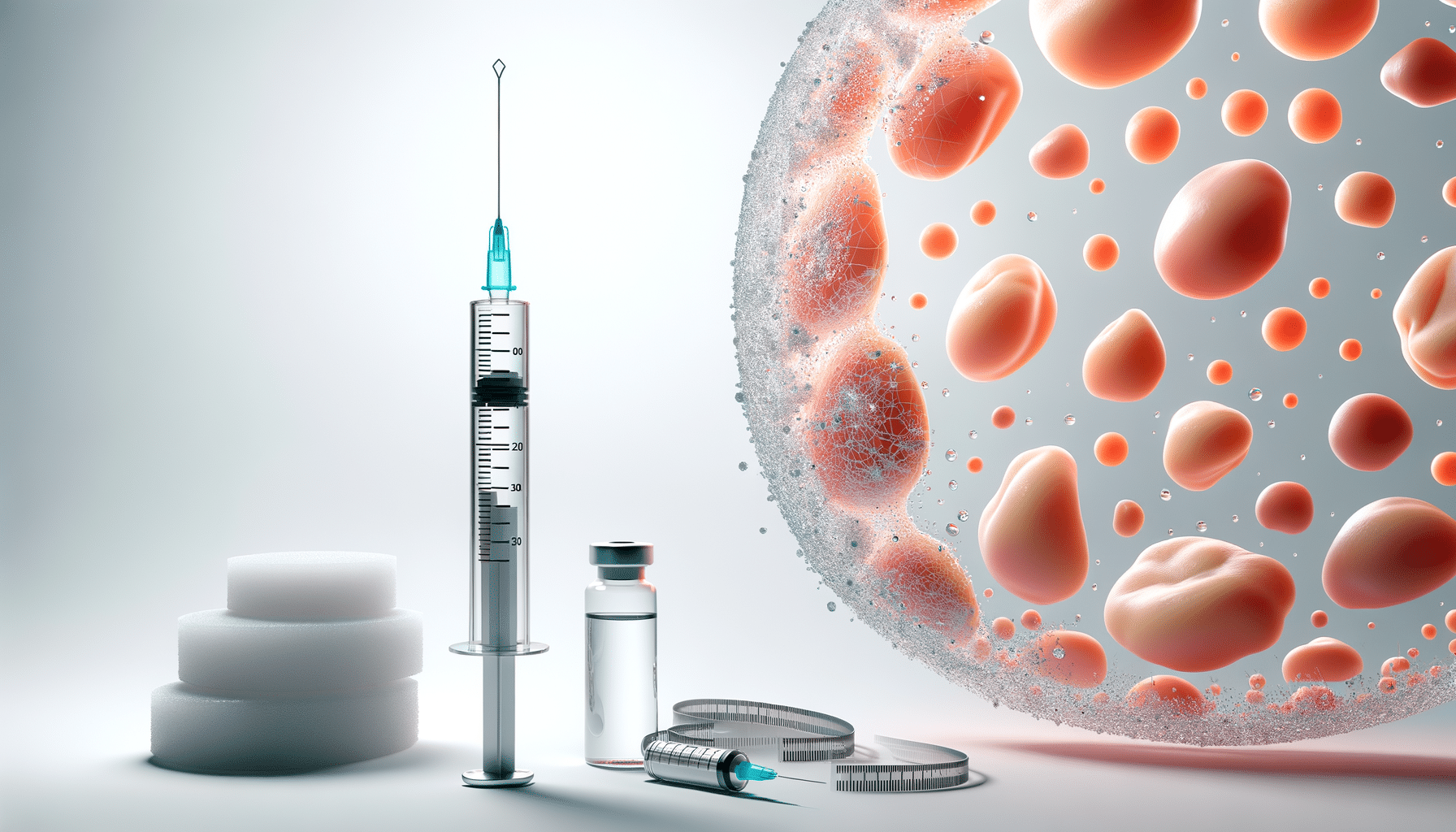
Understanding Prostate Cancer: Symptoms and Treatment Options
Introduction to Prostate Cancer
Prostate cancer is a significant health concern, particularly for men over the age of 50. It is one of the most common types of cancer affecting men worldwide. Understanding the symptoms and treatment options is crucial for early detection and effective management. This article aims to provide comprehensive information on prostate cancer, its symptoms, and available treatments.
Recognizing the Symptoms of Prostate Cancer
Prostate cancer often develops slowly and may not show symptoms in its early stages. However, as the disease progresses, certain signs may become apparent. Common symptoms include:
- Frequent urination, especially at night
- Difficulty starting or stopping urination
- Weak or interrupted urine flow
- Blood in the urine or semen
- Painful ejaculation
- Persistent pain in the back, hips, or pelvis
It’s important to note that these symptoms can also be caused by other conditions, such as benign prostatic hyperplasia (BPH) or urinary tract infections. Therefore, experiencing these symptoms does not necessarily mean one has prostate cancer, but it is advisable to consult a healthcare professional for further evaluation.
Diagnosis and Staging of Prostate Cancer
Diagnosing prostate cancer typically involves a combination of tests and examinations. The most common diagnostic tools include:
- Prostate-Specific Antigen (PSA) Test: A blood test that measures the level of PSA in the blood. Elevated PSA levels may indicate prostate cancer but can also be due to other prostate conditions.
- Digital Rectal Exam (DRE): A physical examination where a doctor feels the prostate gland through the rectal wall to check for abnormalities.
- Biopsy: If cancer is suspected, a biopsy may be performed to remove a small sample of prostate tissue for laboratory analysis.
Once diagnosed, the stage of prostate cancer is determined to guide treatment options. Staging involves assessing the extent of cancer spread, including whether it has reached nearby tissues or distant organs. This is often done using imaging tests such as MRI, CT scans, or bone scans.
Treatment Options for Prostate Cancer
Treatment for prostate cancer depends on various factors, including the stage of cancer, the patient’s age, overall health, and personal preferences. Some common treatment options include:
- Active Surveillance: For early-stage prostate cancer that is growing slowly, doctors may recommend regular monitoring instead of immediate treatment.
- Surgery: Radical prostatectomy involves the removal of the prostate gland and some surrounding tissue. It is a common option for localized prostate cancer.
- Radiation Therapy: This treatment uses high-energy rays to target and destroy cancer cells. It can be delivered externally or internally (brachytherapy).
- Hormone Therapy: Also known as androgen deprivation therapy, this treatment reduces the levels of male hormones that can fuel cancer growth.
- Chemotherapy: Used for advanced prostate cancer, chemotherapy involves the use of drugs to kill cancer cells throughout the body.
Each treatment option has its benefits and potential side effects, which should be discussed with a healthcare provider to make an informed decision.
Living with Prostate Cancer
Managing prostate cancer involves not only medical treatment but also addressing the emotional and psychological aspects of the disease. Support from family, friends, and healthcare professionals plays a vital role in coping with the challenges of living with cancer.
Patients are encouraged to maintain a healthy lifestyle, including a balanced diet and regular exercise, to support overall well-being. Additionally, joining support groups or seeking counseling can provide valuable emotional support and help patients connect with others facing similar experiences.
It’s essential for patients to stay informed about their condition and treatment options. Regular follow-ups with healthcare providers are crucial for monitoring the disease and adjusting treatment plans as needed.


